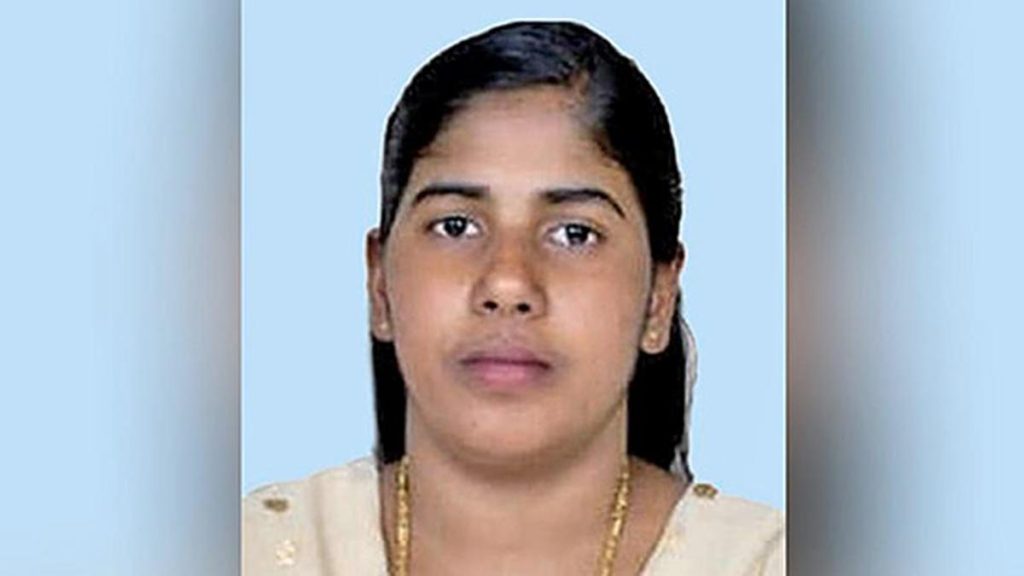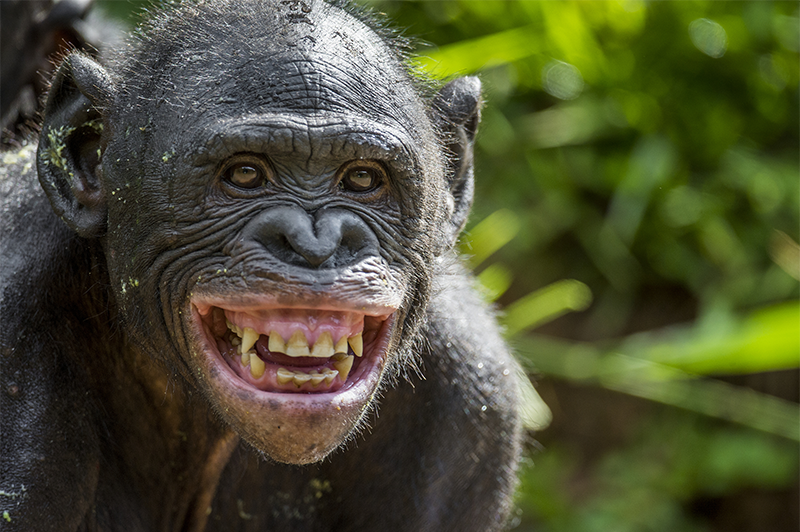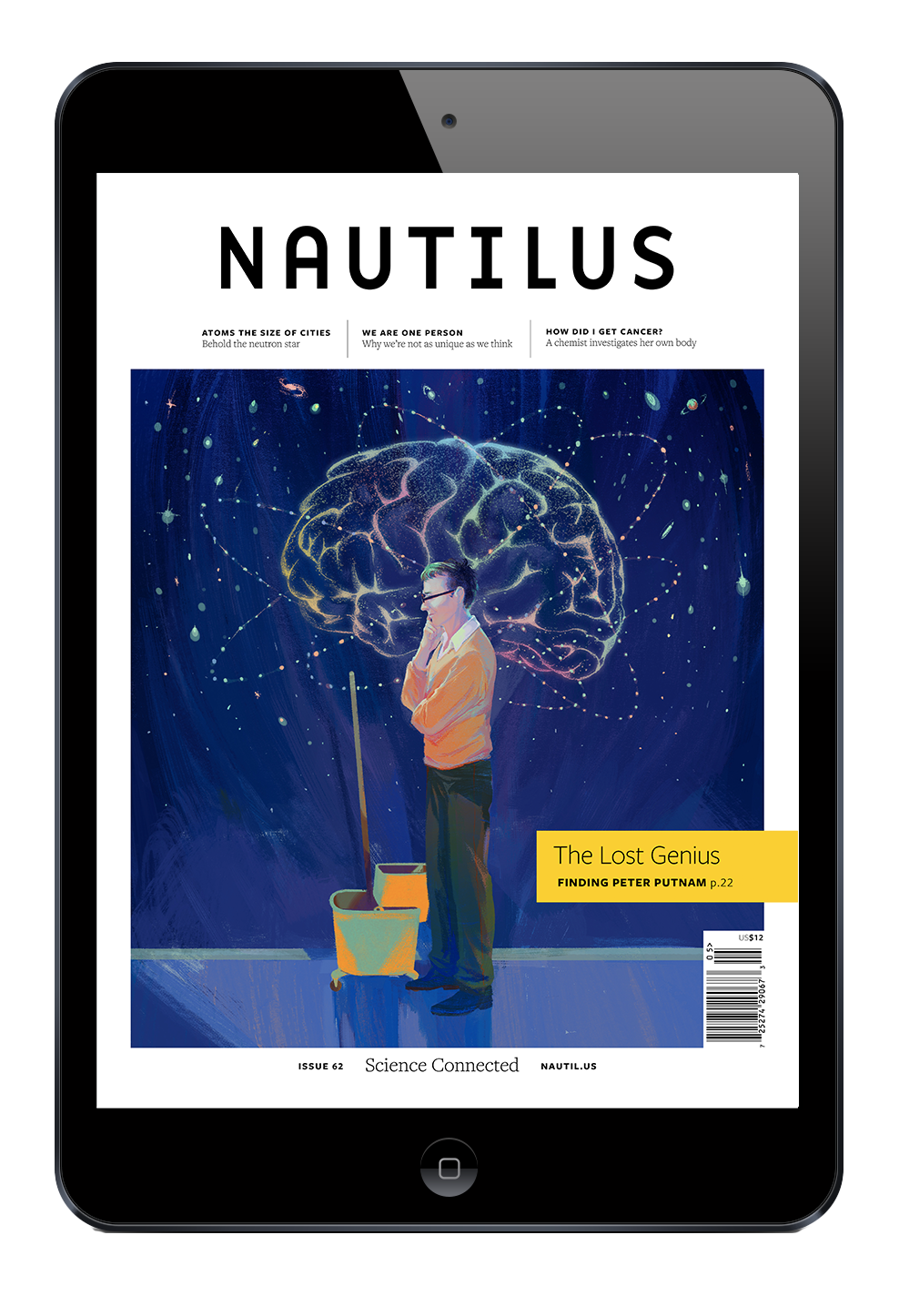Now Reading: Preserving India’s Vanishing Languages
-
01
Preserving India’s Vanishing Languages
Preserving India’s Vanishing Languages

Swift Summary
- Humans have likely spoken approximately 500,000 languages throughout history; only around 7,000 languages are spoken today.
- Writing was invented just about 5,000 years ago, leaving a vast majority of these ancient languages unrecorded adn lost.
- Living languages represent less than 2% of humanity’s linguistic range due to factors like Western imperialism. Only about 10% of the current ones are well-documented.
- Linguistic evolution remained misunderstood historically. Dante Alighieri proposed that Romance languages evolved from Latin-a revolutionary idea at the time-wich was largely ignored until centuries later.
- Language changes naturally over time via slight deviations introduced in childhood learning or intentional adoption and innovation (like foreign words or unique accents).
- Languages evolve both through divergence (splitting into dialects) and convergence (borrowing features from other communities). Thay act as chronicled histories capable of revealing human connections up to approximately 10,000 years back. Beyond that point,reconstructing antecedents becomes nearly impossible due to scarce data.
Images:
- !Image: Tower of Babel
- !Illustration on Language History
- !Line Separator Graphic
- !Another Separator Graphic
Read More: chasing Lost Languages
indian Opinion Analysis
India plays a crucial role in this linguistic narrative with its unparalleled diversity-home to an estimated 121 scheduled and thousands of unofficial dialects spanning multiple language families such as Indo-European and Dravidian.The article raises pertinent questions about language preservation at a time when globalization increasingly homogenizes communication systems.
india has witnessed both divergence in its rich multilingual heritage and convergence through cultural exchanges over centuries-including influences from Persian, Arabic, Central Asian Turkic groups during Mughal rule; Portuguese traders; British colonialism; and various indigenous traditions shaping modern vocabulary across regions.The challenge now lies in documentation efforts for endangered Indian tongues before they vanish forever-a mission requiring sustained governmental support paired with grassroots initiatives like linguistic fieldwork by regional universities or partnerships similar to Papua New Guinea revelation mentioned here globally-wise trends signal positive future yet safeguarding remains imperative longtime **Asset!.
























